Vancouver exhibition celebrates mid-century architecture photographer Selwyn Pullan
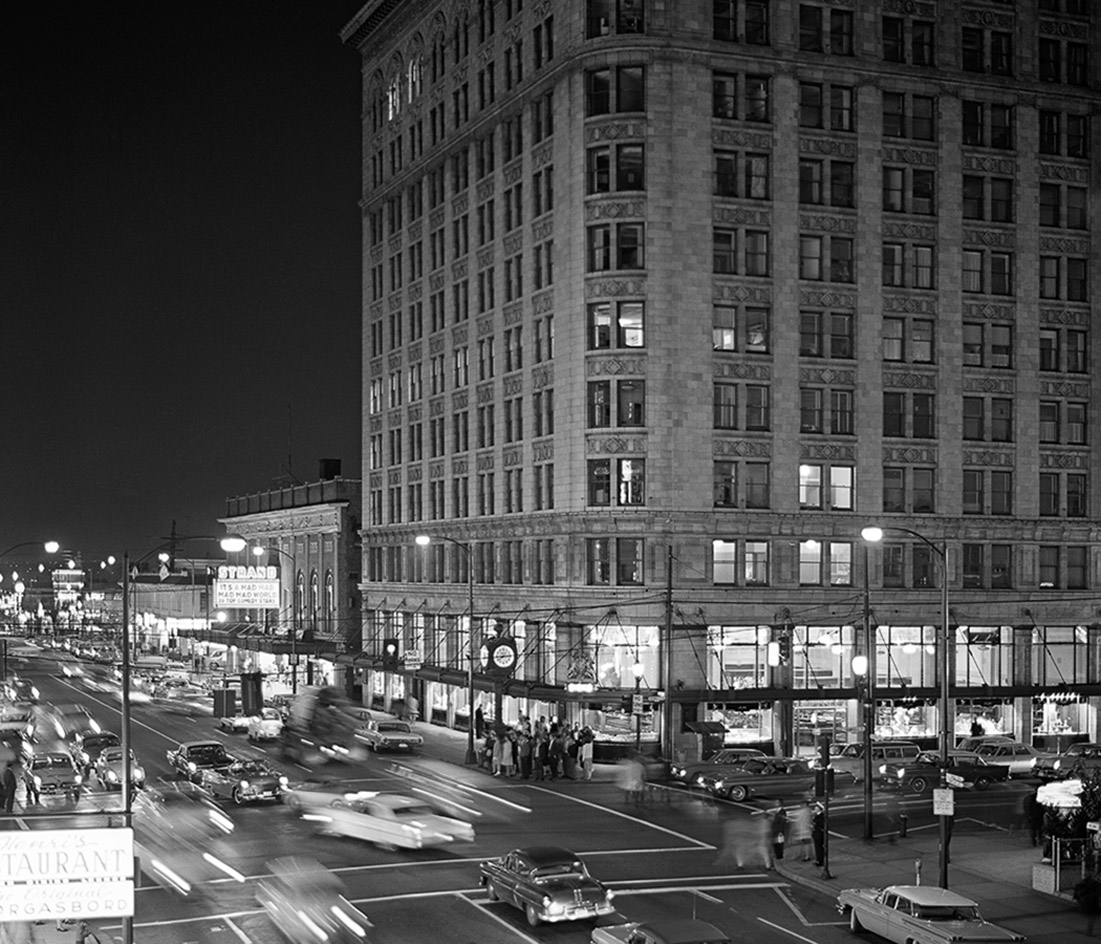
The West Vancouver Museum’s ‘Selwyn Pullan: What’s Lost’ – their third exhibition of the work of Canada’s answer to Julius Shulman in a decade – is as much about the loss of chemical photography as it is about Vancouver’s vanishing architectural heritage.
Rather than merely digitally scanning the oeuvre of the celebrated photographer, who donated his archive to the museum before he died at age 95 last year, director Darrin Morrison and assistant curator Kiriko Watanabe have painstakingly worked with the original negatives to remove the blemishes of time and to replicate the colour and feel of the original prints.
‘We didn’t want to just document his work,’ says Morrison of the photographer – a ‘perfectionist’ who took pride in printing his own images, ‘but to celebrate his artistry’.
And so they have, in a thoughtfully-curated exhibition on until 14 July, that evokes a nostalgic sense of both absence and presence. Pullan’s hand-built camera stands in for the man himself and welcomes visitors to the modest two-room gallery that has become a temporary shrine to the disappeared buildings of Vancouver.
The South side of the gallery offers some stunning black and white prints – many exhibited for the first time – that include the Birks building, an Edwardian treasure bulldozed in 1974 and replaced by a corporate tower. A 1957 image of the Thompson Berwick Pratt designed BC Electric Building (since residentialised, renamed the Electra and featured in the Architour section of the Wallpaper*City Guide Vancouver) called ‘Downtown Vancouver’, recalls a time when it served as a beacon for ships in the nearby port. Today it is dwarfed by towers.
The North side of the museum offers two fabulous colour prints of the now demolished Ritz Hotel that speak to Vancouver’s mid-century age of glamour and elegance, while the back room offers mediations on loss that are simultaneously celebrations of heritage.
Pullan’s warm and intimate photographs of now demolished homes by iconic West Coast architects like Arthur Erickson and Barry Downs, with their respective owners enjoying them at a time when the single family home was not a luxury, are countered by engaging portraits of architects and artists of the era.
An image of the lone survivor – the Campbell Residence photographed with its 1960 newly remodelled kitchen – defies the odds of current day, condo crazed Vancouver and dares us to ponder what’s been lost.
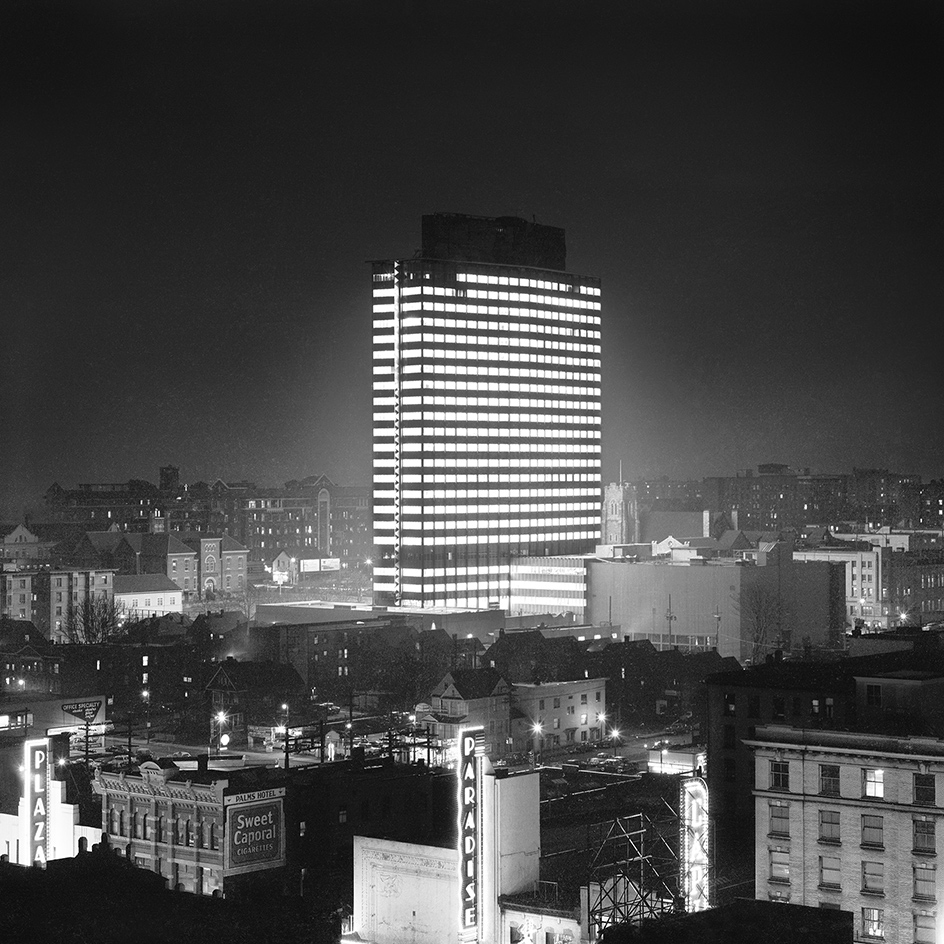
Downtown Vancouver (1957) shot by Selwyn Pullan.

Ritz Hotel Lounge, Vancouver (1956) redesigned by Robert Robinson, shot by Selwyn Pullan.

Graham Residence, West Vancouver (1965) designed by Erickson and Massey, shot by Selwyn Pullan.
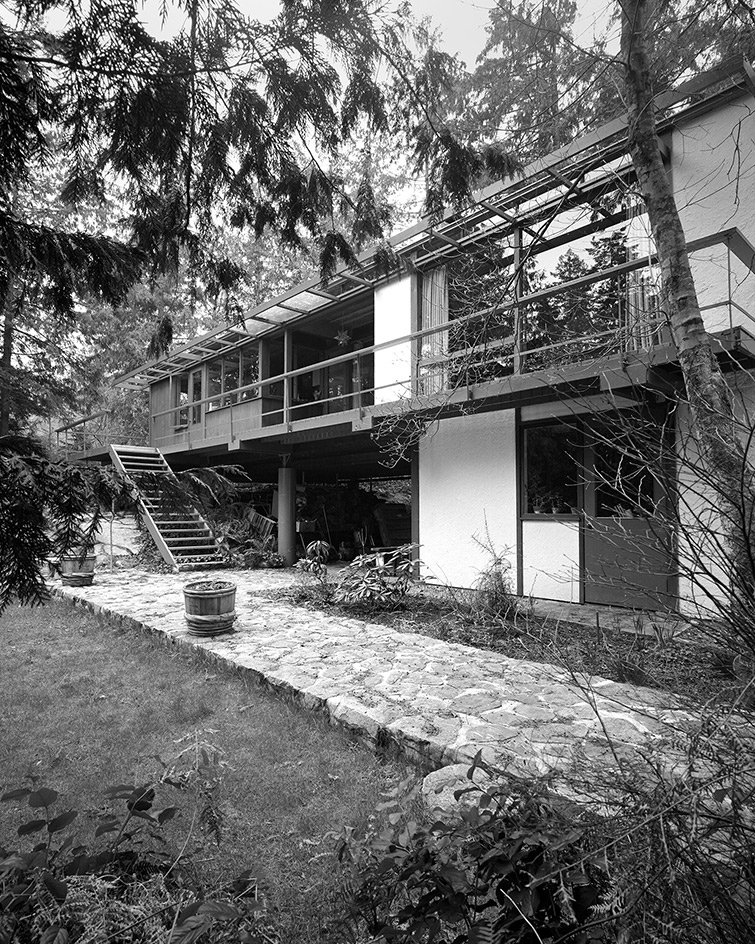
Smith Residence, West Vancouver (1960) designed by Erickson and Massey, shot by Selwyn Pullan.
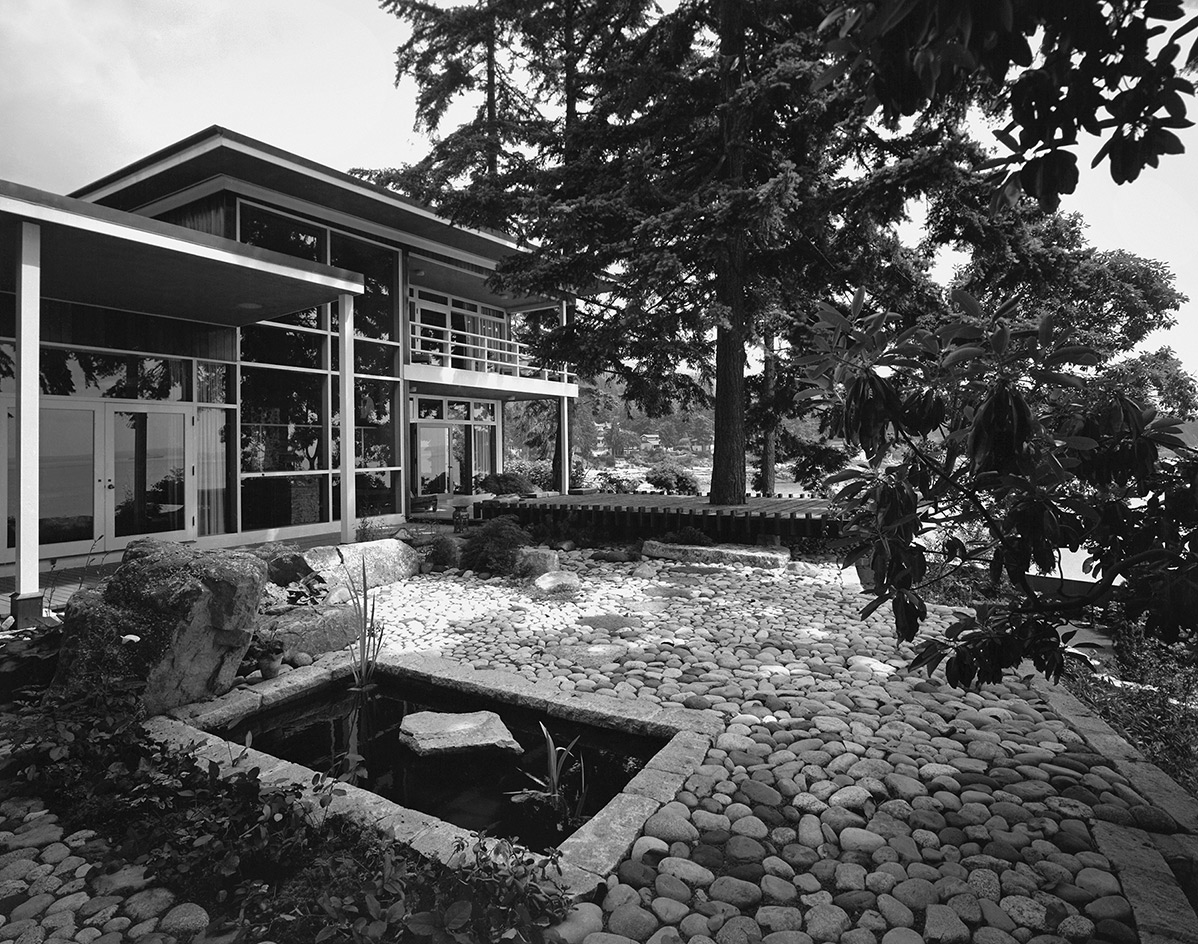
Brooks Residence, West Vancouver (1963) designed by Thompson, Berwick & Pratt, shot by Selwyn Pullan.
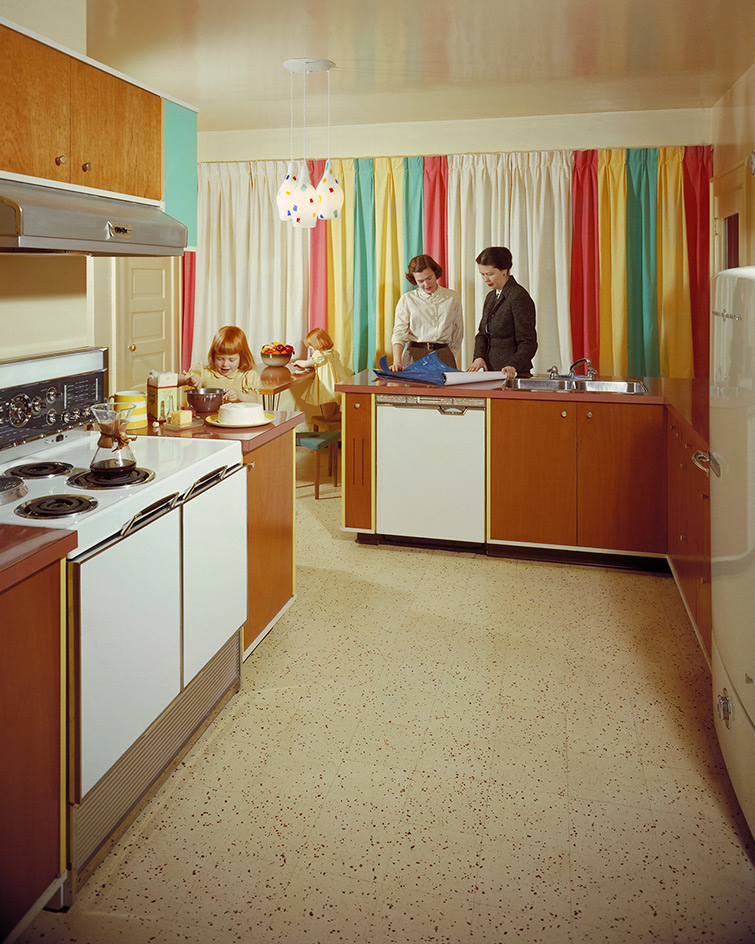
Campbell Residence, Vancouver (1960) kitchen designed by Pamela Charlesworth, shot by Selwyn Pullan.

Selwyn Pullan photographed in his studio in 2008.
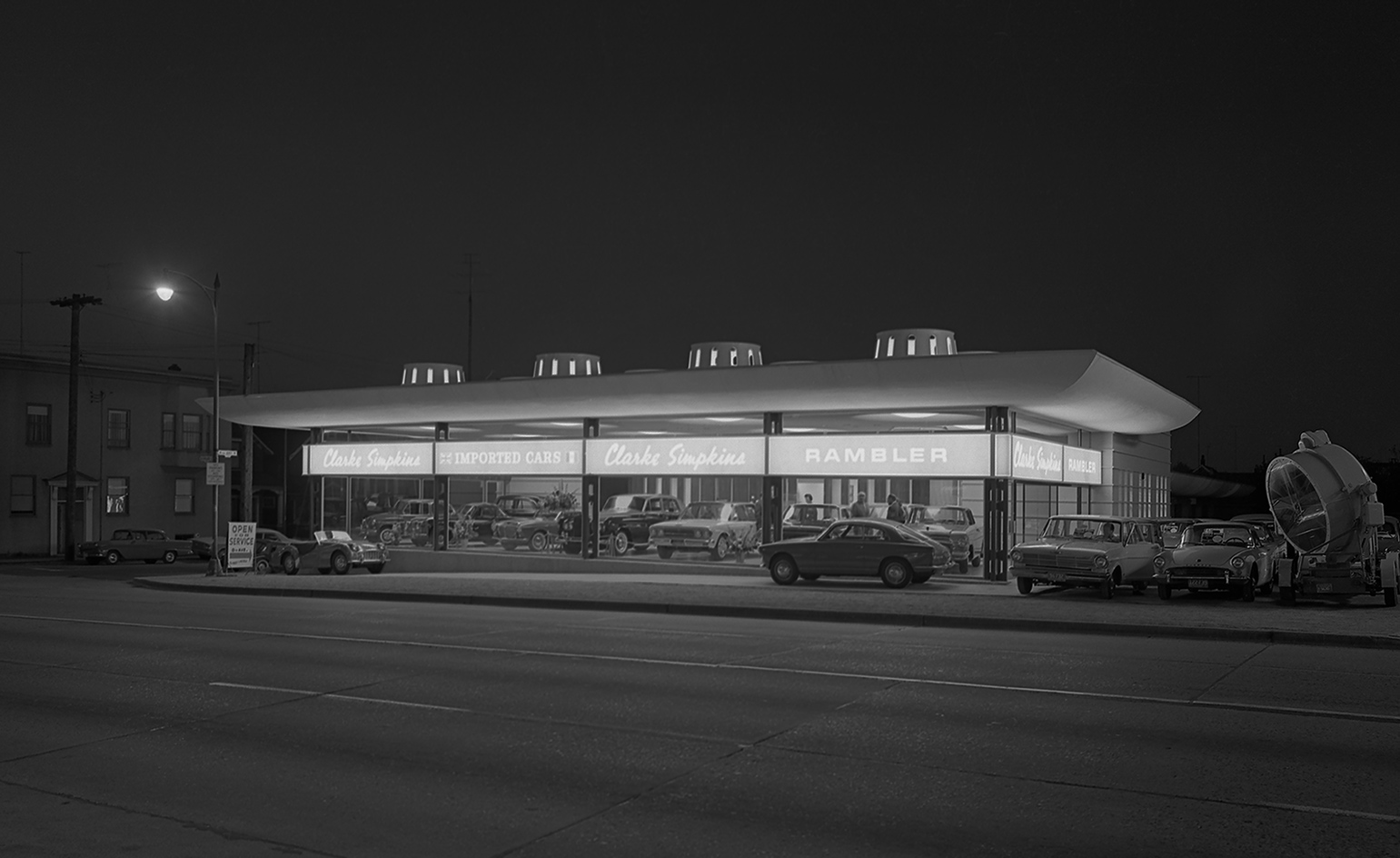
Clarke Simpkins, Vancouver (1963) designed by Thompson, Berwick & Pratt, shot by Selwyn Pullan.
INFORMATION
’Selwyn Pullan: What’s Lost’ runs at the West Vancouver Museum until the 14th July. For more information visit the museum’s website
Wallpaper* Newsletter
Receive our daily digest of inspiration, escapism and design stories from around the world direct to your inbox.
-
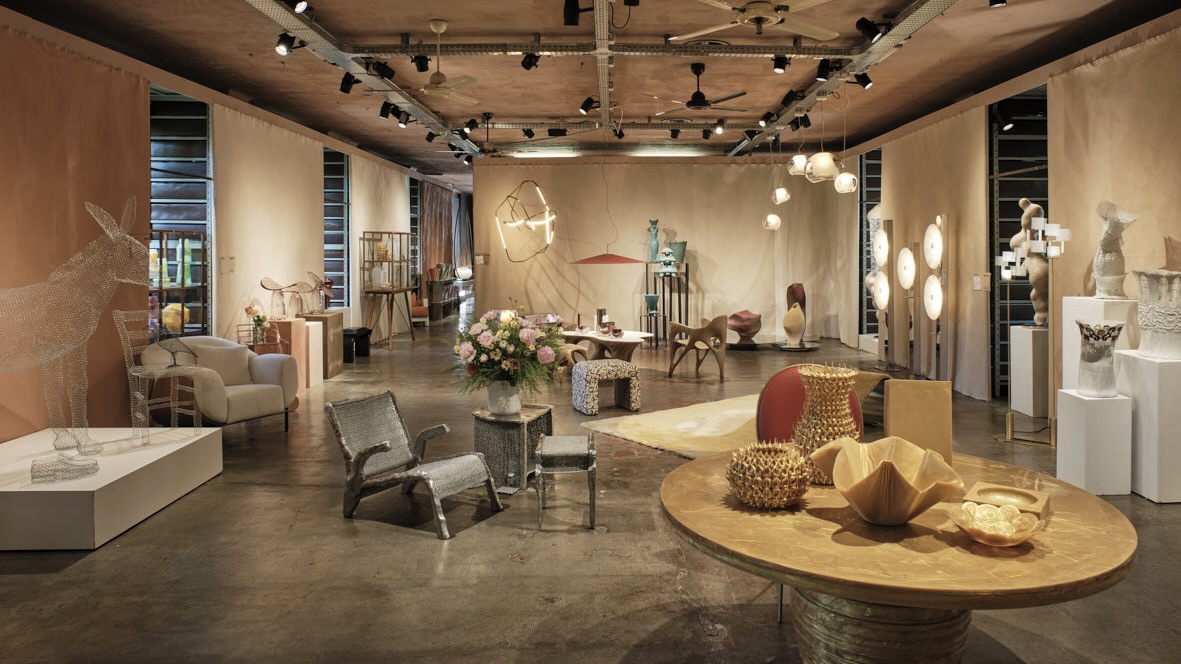 Eight designers to know from Rossana Orlandi Gallery’s Milan Design Week 2025 exhibition
Eight designers to know from Rossana Orlandi Gallery’s Milan Design Week 2025 exhibitionWallpaper’s highlights from the mega-exhibition at Rossana Orlandi Gallery include some of the most compelling names in design today
By Anna Solomon
-
 Nikos Koulis brings a cool wearability to high jewellery
Nikos Koulis brings a cool wearability to high jewelleryNikos Koulis experiments with unusual diamond cuts and modern materials in a new collection, ‘Wish’
By Hannah Silver
-
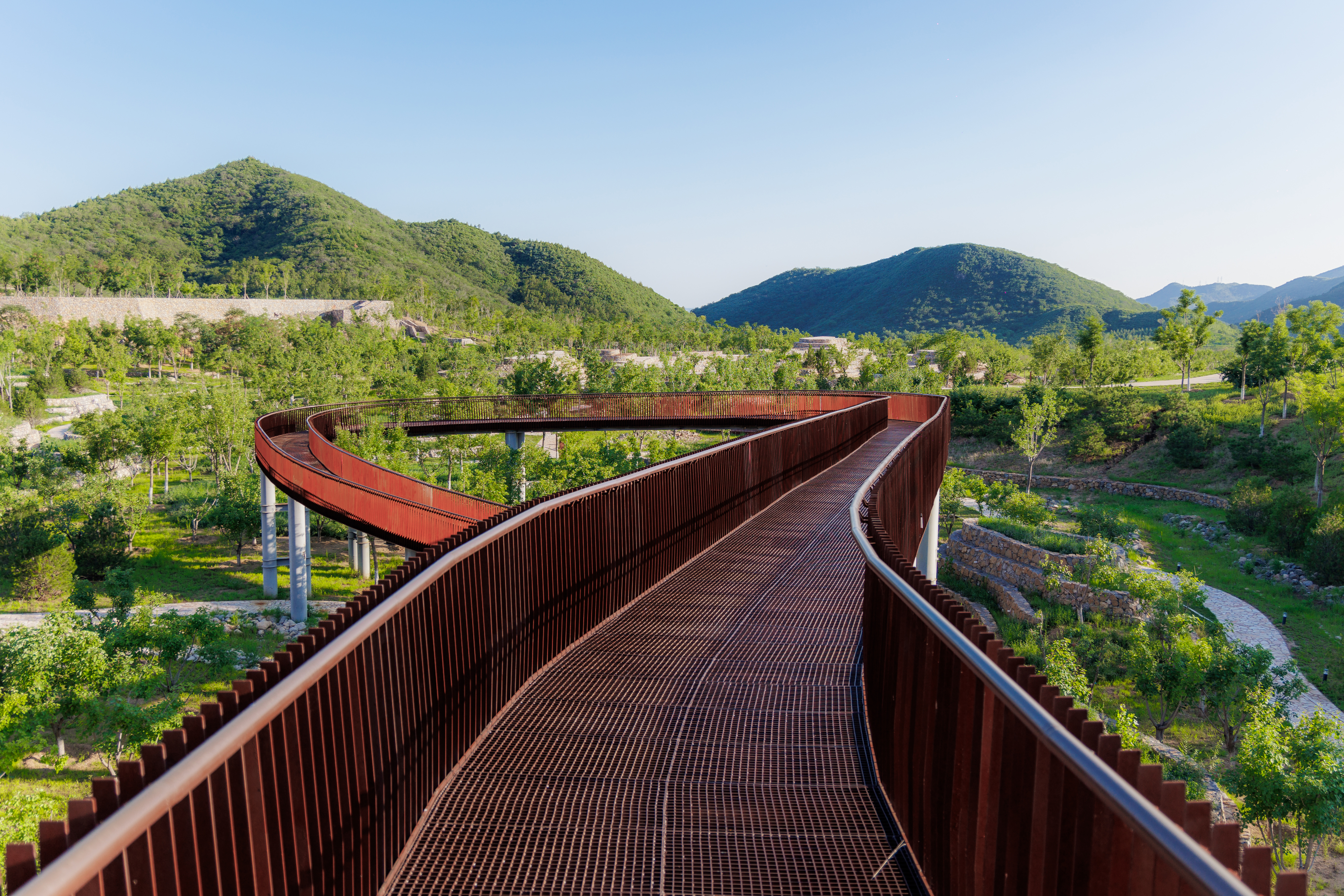 A Xingfa cement factory’s reimagining breathes new life into an abandoned industrial site
A Xingfa cement factory’s reimagining breathes new life into an abandoned industrial siteWe tour the Xingfa cement factory in China, where a redesign by landscape specialist SWA Group completely transforms an old industrial site into a lush park
By Daven Wu
-
 Croismare school, Jean Prouvé’s largest demountable structure, could be yours
Croismare school, Jean Prouvé’s largest demountable structure, could be yoursJean Prouvé’s 1948 Croismare school, the largest demountable structure ever built by the self-taught architect, is up for sale
By Amy Serafin
-
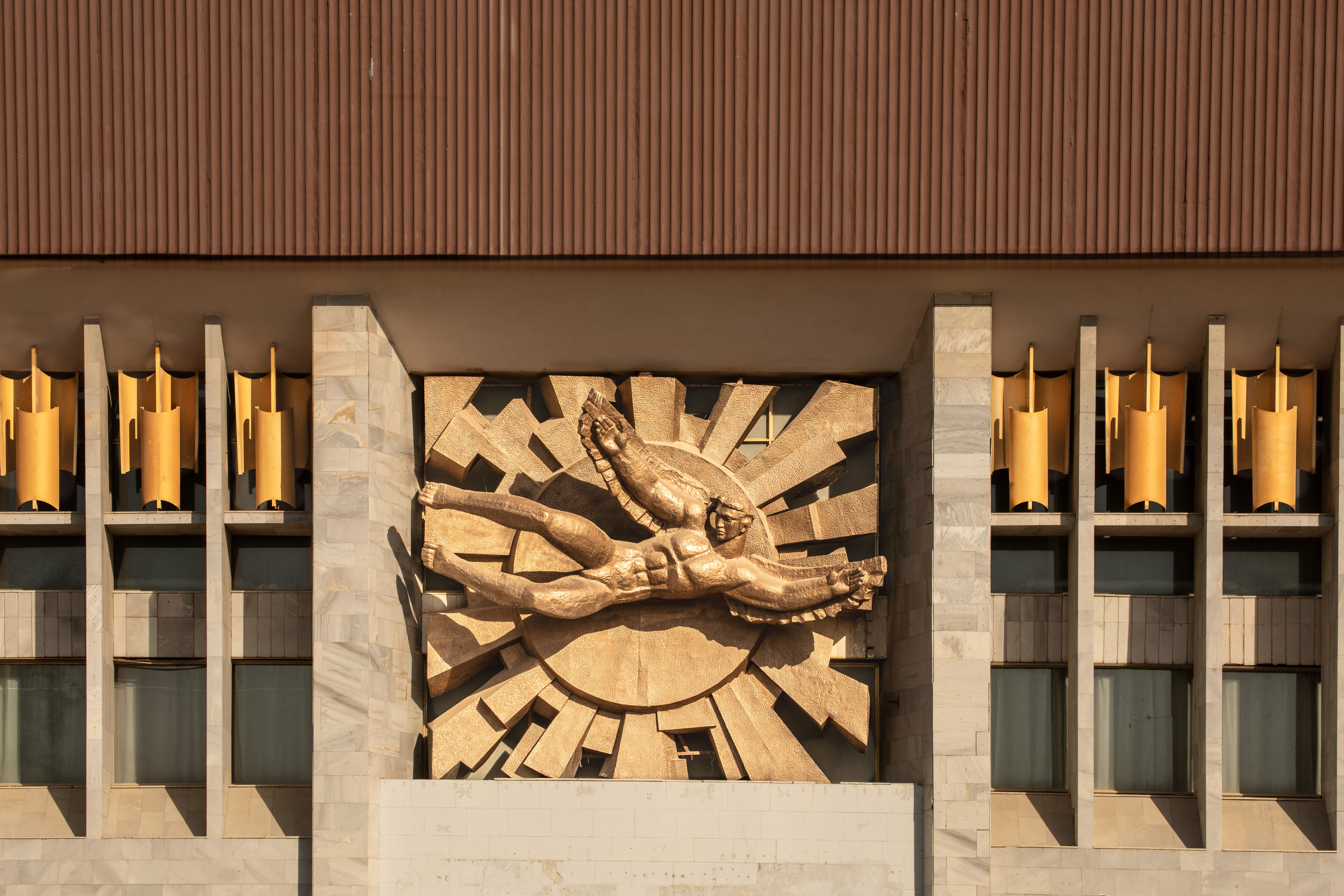 Jump on our tour of modernist architecture in Tashkent, Uzbekistan
Jump on our tour of modernist architecture in Tashkent, UzbekistanThe legacy of modernist architecture in Uzbekistan and its capital, Tashkent, is explored through research, a new publication, and the country's upcoming pavilion at the Venice Architecture Biennale 2025; here, we take a tour of its riches
By Will Jennings
-
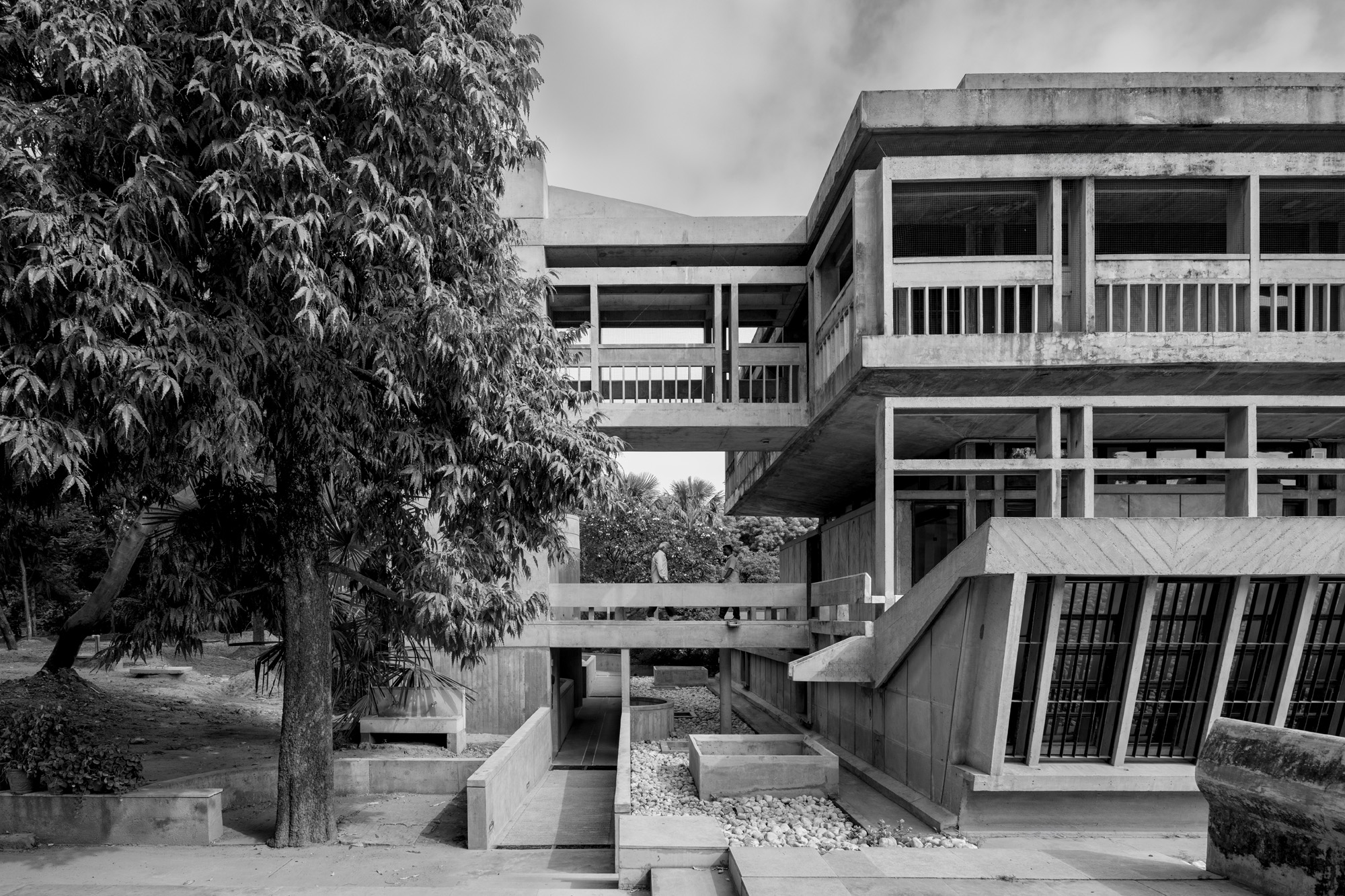 At the Institute of Indology, a humble new addition makes all the difference
At the Institute of Indology, a humble new addition makes all the differenceContinuing the late Balkrishna V Doshi’s legacy, Sangath studio design a new take on the toilet in Gujarat
By Ellie Stathaki
-
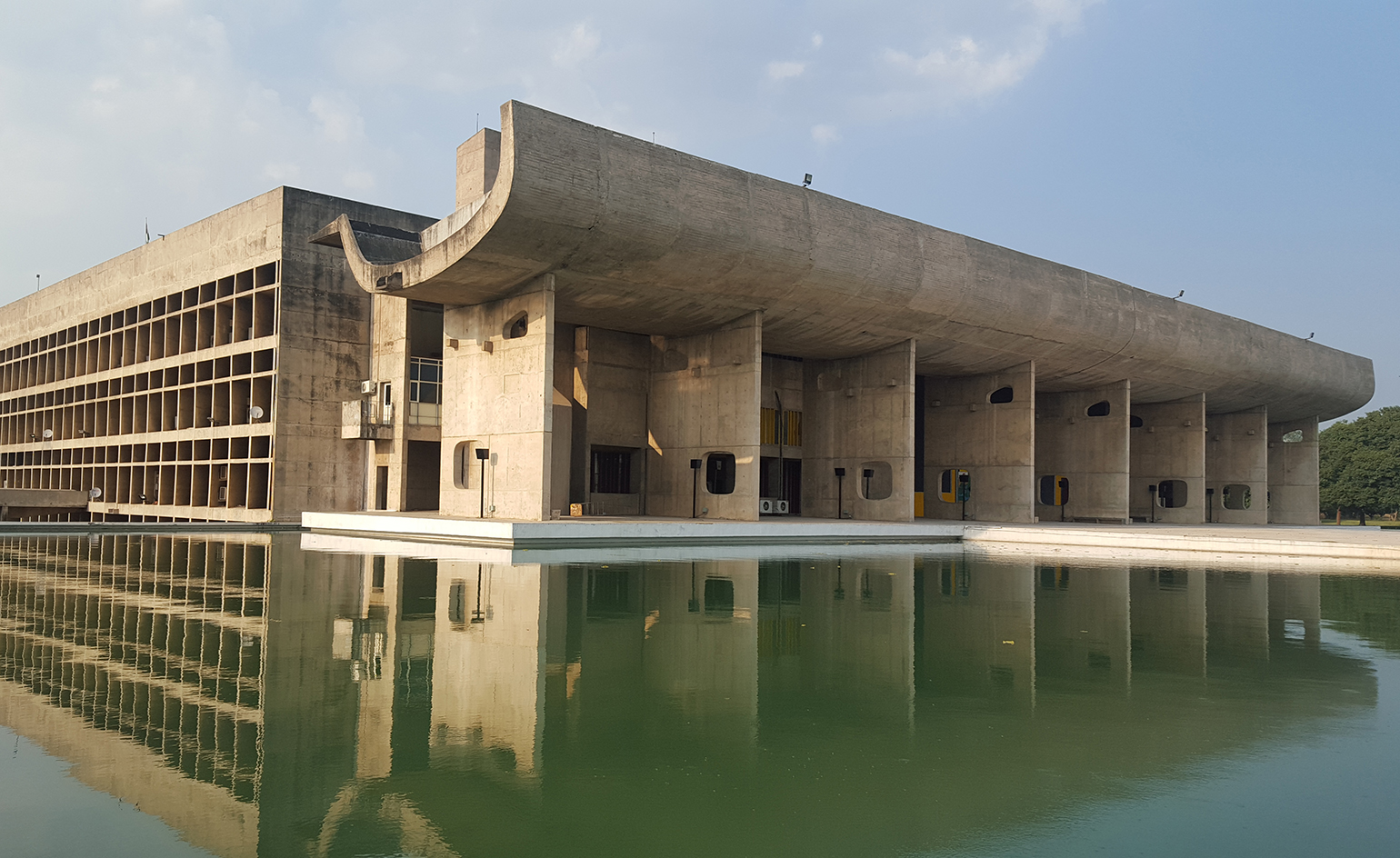 How Le Corbusier defined modernism
How Le Corbusier defined modernismLe Corbusier was not only one of 20th-century architecture's leading figures but also a defining father of modernism, as well as a polarising figure; here, we explore the life and work of an architect who was influential far beyond his field and time
By Ellie Stathaki
-
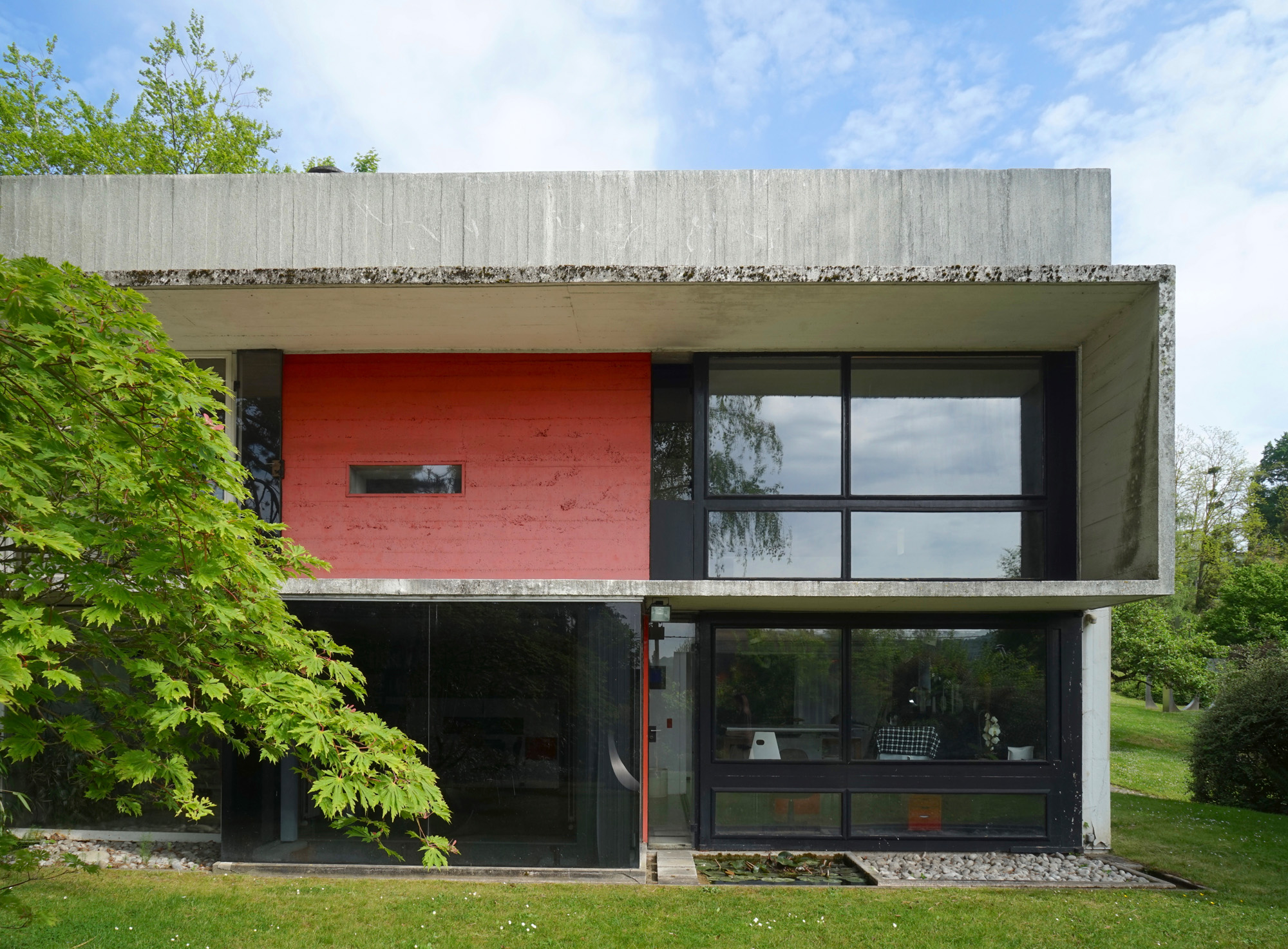 How to protect our modernist legacy
How to protect our modernist legacyWe explore the legacy of modernism as a series of midcentury gems thrive, keeping the vision alive and adapting to the future
By Ellie Stathaki
-
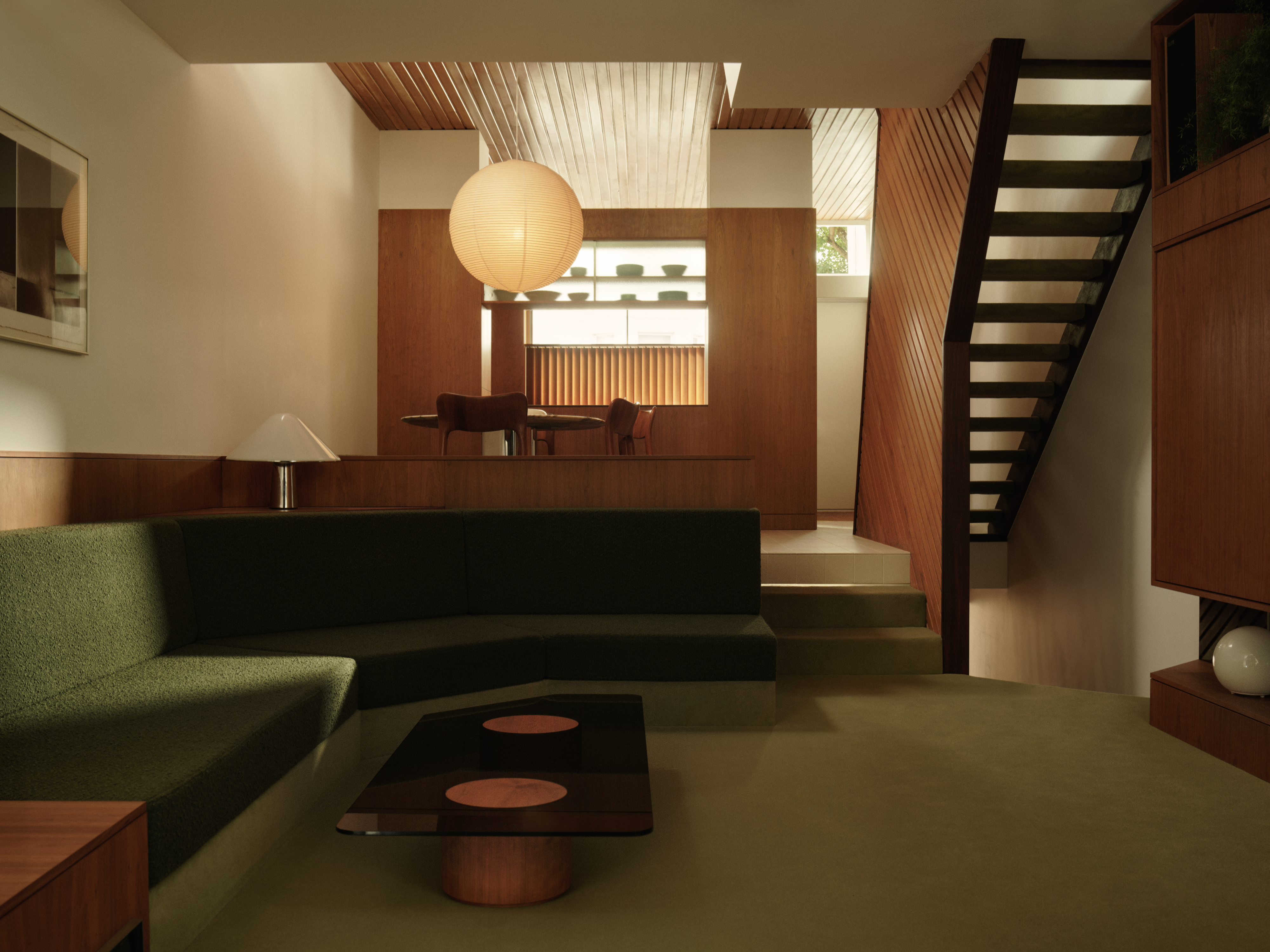 A 1960s North London townhouse deftly makes the transition to the 21st Century
A 1960s North London townhouse deftly makes the transition to the 21st CenturyThanks to a sensitive redesign by Studio Hagen Hall, this midcentury gem in Hampstead is now a sustainable powerhouse.
By Ellie Stathaki
-
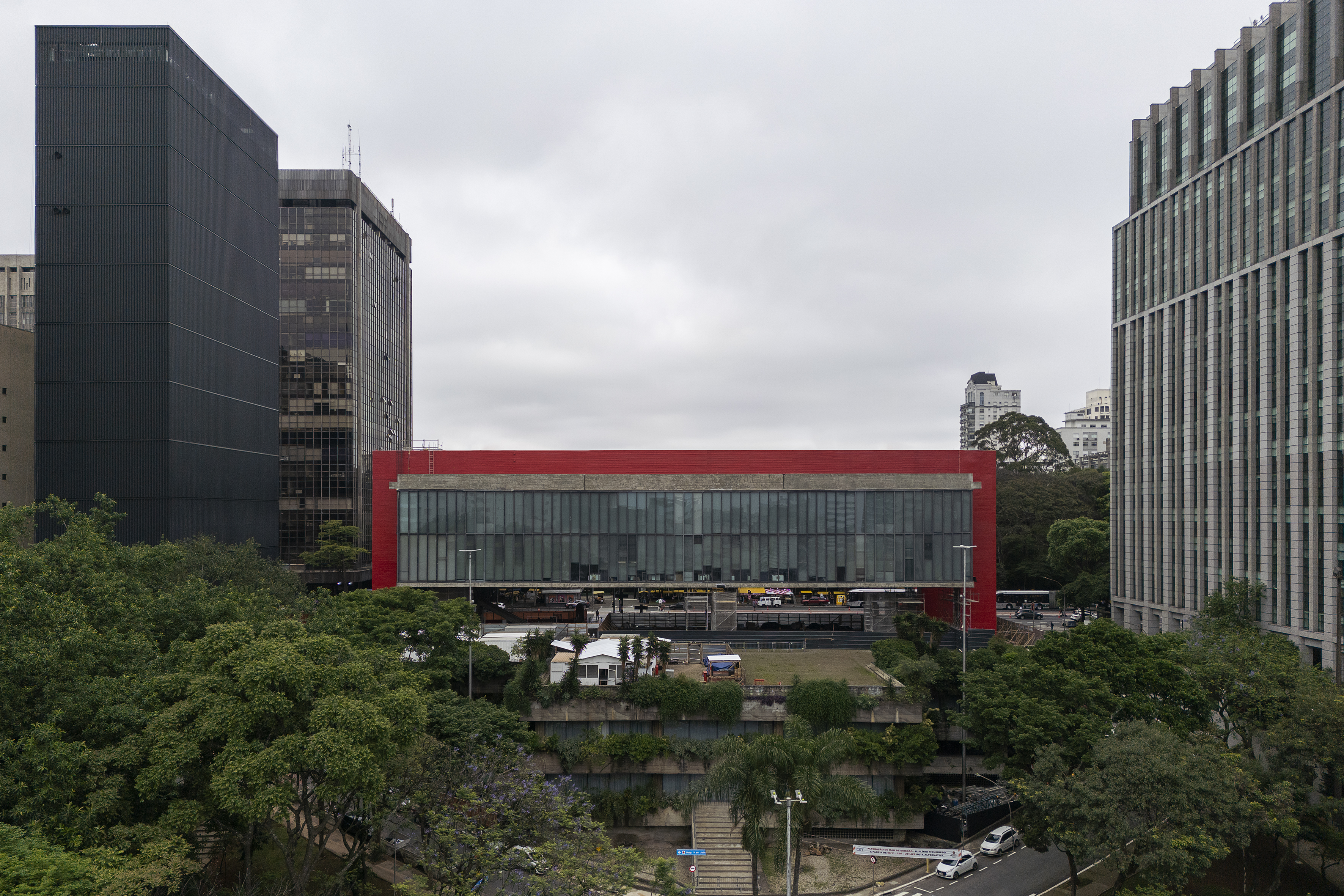 The new MASP expansion in São Paulo goes tall
The new MASP expansion in São Paulo goes tallMuseu de Arte de São Paulo Assis Chateaubriand (MASP) expands with a project named after Pietro Maria Bardi (the institution's first director), designed by Metro Architects
By Daniel Scheffler
-
 Smoke Lake Cabin is an off-grid hideaway only accessible by boat
Smoke Lake Cabin is an off-grid hideaway only accessible by boatThis Canadian cabin is a modular and de-mountable residence, designed by Anya Moryoussef Architect (AMA) and nestled within Algonquin Provincial Park in Ontario
By Tianna Williams